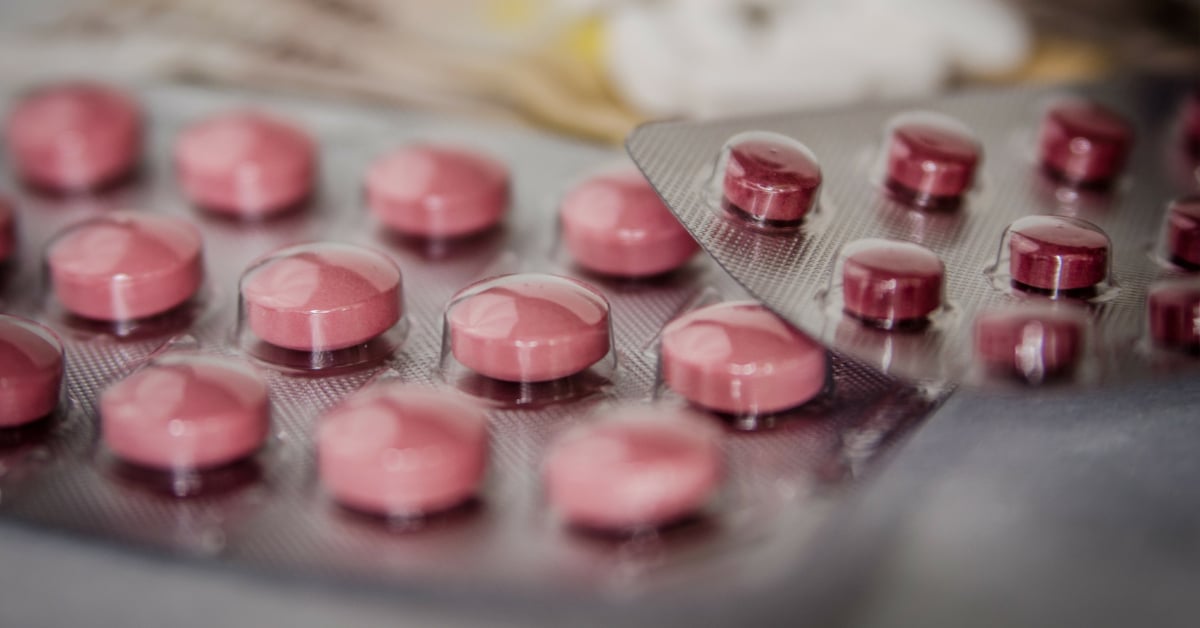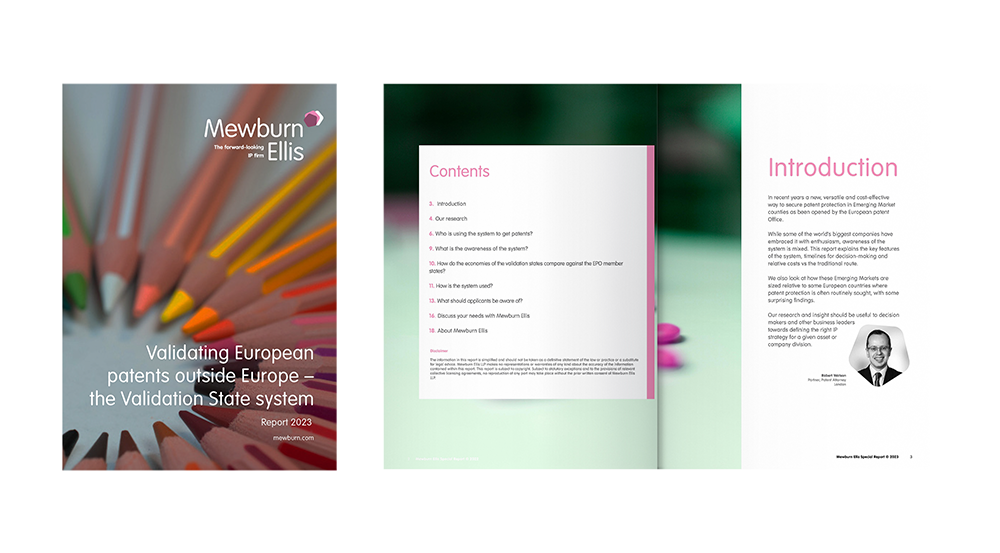Perhaps more than any other industry, the pharma & life-science sector relies on long-term, high-risk R&D. It also faces the additional challenge of innovating within a strictly regulated framework, sometimes under intense public scrutiny.
Medicines in some form have existed since the beginnings of human civilisation. In around 120 BC, King Mithridates VI developed a ‘remedy’ named ‘Mithridatium’, which contained dozens of compounds and was held as a panacea for most diseases until the 1700’s. In 1540 the manufacture of Mithridatium was subject to supervision under the ‘Apothecaries Wares, Drugs and Stuffs Act’ in England – one of the earliest attempts to regulate the medicines sector. The standards for the manufacture of Mithridatum became formally established in The London Pharmacopoeia in 1618.
In 1937, over 100 people died of diethylene glycol poisoning in the US, after it had been used as a solvent for an elixir without any safety testing. In 1938 the US introduced the Federal Food, Drug and Cosmetic Act. These early moves towards regulation were not enough to prevent one of the most tragic chapters in the history of medicine development: the thalidomide disaster of the late 1950’s, where thousands of babies were born with deformities.
Today, the pharmaceutical industry is very heavily regulated in the interests of public safety.
The basic goal - to find safe and effective medicines has remained unchanged over recent history. However, the challenges associated with meeting that goal are always evolving, as are the research tools available to do so.
The landscape is also changing. Targeted or precision medicines, matched to the patients most likely to benefit from them, are now becoming possible. This trend has been greatly assisted by advances in diagnostic testing technologies. Other game-changing strategies, such as the exploitation of targeted protein degradation (e.g. with proteolysis targeting chimeric drugs, or PROTACs) are also emerging to enable the development of more potent and selective treatments for cancer and other diseases.
The concept that ‘prevention is better than cure’, is an increasing principle of modern healthcare. We are seeing increasing examples of medicines being used to prevent disease, rather than just treating it (one example being Truvada, for pre-exposure prophylaxis (PrEP) for HIV). The rise of so-called ‘superbugs’ (antibiotic-resistant microbes) is also a growing concern leading to the need for new innovation in the area of antibiotics.
Pharmaceutical companies spend up to 25% of their revenue on research and development (R&D), one of the highest R&D spends of any industry. However, it is important to remember that the sector does not comprise only ‘Big Pharma’. A huge amount of pharmaceutical innovation originates in smaller and medium-sized pharma and life-sciences companies, and also in universities and research organisations.

















